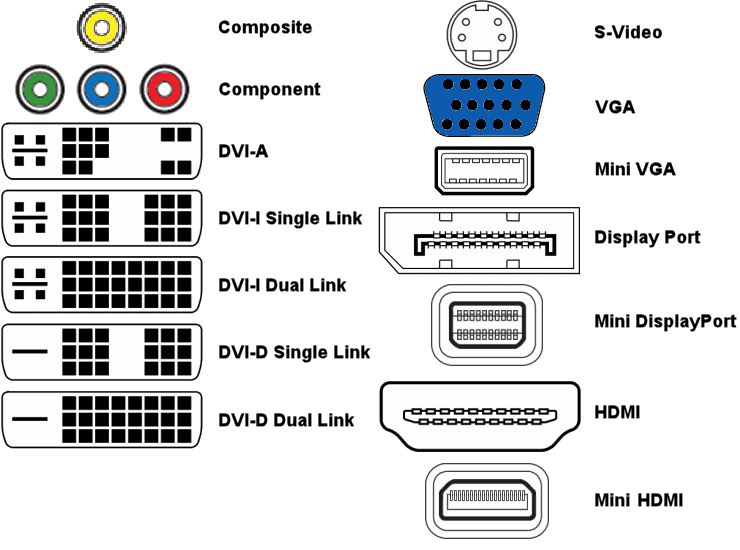One major benefit of audio over IP technology is its ability to connect multiple devices and technologies efficiently. Classic broadcasting frequently relied on complex wiring and physical links, which could be burdensome and limited. With AoIP, broadcasters can easily connect mics, mixers, and additional devices through a shared infrastructure. This convergence allows for off-site broadcasting and live transmissions from almost any place, making it simpler to connect with audiences across the globe. As a result, broadcasters can respond quickly to current events and listener requests, leading to more vibrant and captivating programs.
Additionally, AoIP technology supports superior audio formats that improve the listening encounter. In contrast to traditional broadcasting methods, which may diminish sound quality, audio over IP can preserve the purity of the audio stream throughout the transmission process. This implies that audiences can experience crisper and richer sound, whether they are tuning in via radio, streaming online, or employing mobile devices. The capability to deliver premium audio is especially important for music and discussion programs, where every nuance matters to the listeners.
Additionally, the implementation of audio over IP technologies can lead to cost savings for media companies. By leveraging existing network systems, organizations can eliminate the need for costly hardware and extensive cabling. This not only lowers upfront costs but also decreases maintenance expenses over time. Media firms can distribute resources more efficiently, investing in content creation and talent growth. As a consequence, the entire media industry can gain from enhanced creativity and inventiveness, as financial resources are redirected toward improving programming and interacting with audiences.
In summary, the transition towards audio over IP technologies is transforming the media landscape. By enabling smooth connections, enhancing audio quality, and lowering costs, AoIP is clearing the path to a more connected future in broadcasting. As broadcasters continue to adapt to these changes, they will be more prepared to satisfy the needs of their audiences, create compelling content, and audiovisual project design stay competitive in an constantly changing industry. The prospects of broadcasting is promising, and audio over IP will take a key role in shaping the manner in which we interact with audio programming in the years to come.
